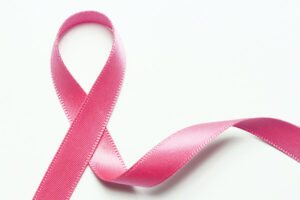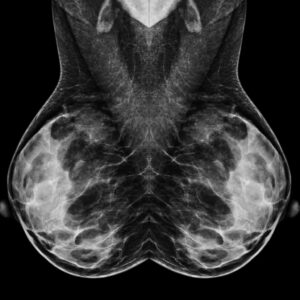Mammography is the gold standard imaging modality to examine breast tissue and uses a very low dose of ionising radiation. Early detection and diagnosis of breast diseases in both women and men are essential for effective treatment.
Mammograms are recommended annually for women from the age of 40 years. High-risk patients, usually those with a family history, should start screening 10 years earlier than the age of the diagnosis of a first-degree relative such as a mother or sister. Alternatively, high-resolution ultrasounds will be performed for younger patients. All patients, including those younger than 40 years, should do monthly self-examinations. Patients with symptoms such as a lump in the breast, nipple discharge, pain, and changes in the shape or texture of the nipple or breast should have breast imaging done as soon as possible.
Digital breast mammograms with tomosynthesis are a detailed and advanced form of breast imaging available at our practice and recommended for dense breasts. Tomosynthesis is 3D imaging where multiple images of different angles of the breast tissue are captured and reconstructed. This X-ray involves compression of the breast tissue which may cause temporary discomfort for patients that have a painful clinical condition or sensitive breasts.
Mammograms are routinely complemented by high-resolution breast ultrasounds. For breast ultrasounds, a water-based, easy to clean gel will be applied to the breasts and axilla/armpit. A device called a transducer is used to obtain the images.
Our radiologists and mammographers are specially trained to provide these services in a relaxing, supportive, and professional environment.

